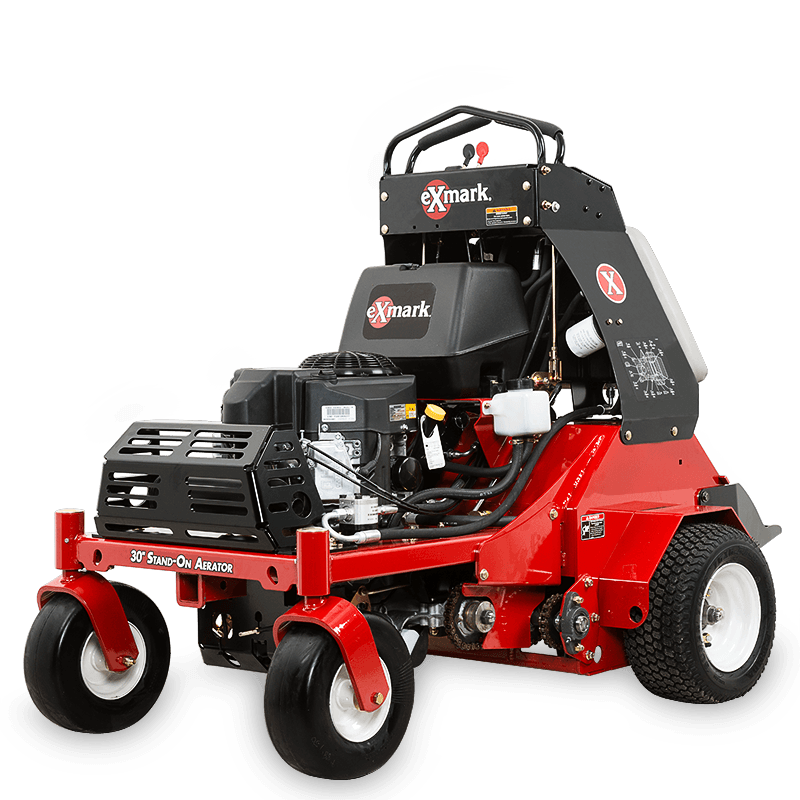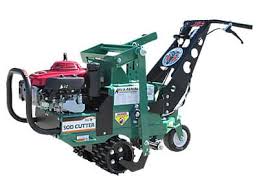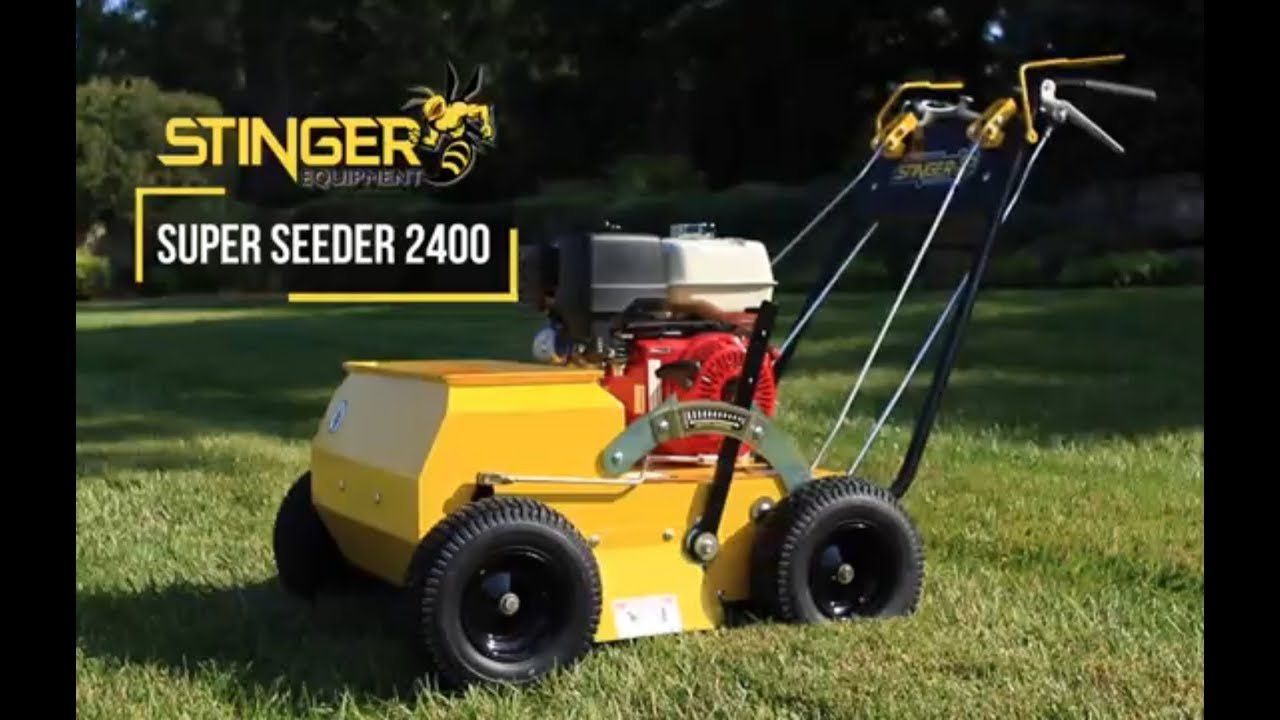Aerating
Dave’s Landscaping Lawn Division is introducing the most state-of-the-art incredible aeration and over seeding equipment called the Aera-Vator by Ventrac. This incredible aerator is a solid % inch spike that makes an incredible amount of holes per square foot in the turf, then ifthe Aeravator is activated it wobbles and vibrates the soil up to 3 inches deep, this loosens and makes the soil more absorbent for fertilizer acceptance, water uptake and creating a perfect aeration seed bed. Depending on the renovation needs the precise automatic seed box can be turned on to place quality seed right when the aeration is occurring. There is little to no mess, and in most cases, you would not even know the procedure has Deen performed unlike a plugger type aerator, this machine does not remove unsightly dirt plugs from the ground. For the maximum in renovation, aeration and overseed practices the Aera- Vator is the way to go. Combine this procedure with seeding and proper starter fertilizer and you can watch your new lawn grow. All you need to do is water!
Aeration is 2 very important procedure for good quality lawn growth. It aids in moisture, air circulation to the ground and loosens up compacted soil which lets your turf grow with a better root system and certrainly better germination when seed is applied. This new procedure is excellent for growing grass in snaded areas as well as many other areas where lawn growth is not doing well.
Call us today for more info and a free quote. 518-843-1841
Let's go tne Aera-Vator way. Please see the link for a video on this machine’s performance.
Important - before aerating can be performed underground locating must lay out utility owned underground utility lines. Private owned underground wires which are owned by the homeowner such as irrigation lines, dog fences, private owned gas and electrical lines must be properly laid out. Dave’s Landscaping does not offer any compensation for any items we are not made aware of that could be affected by the procedure




